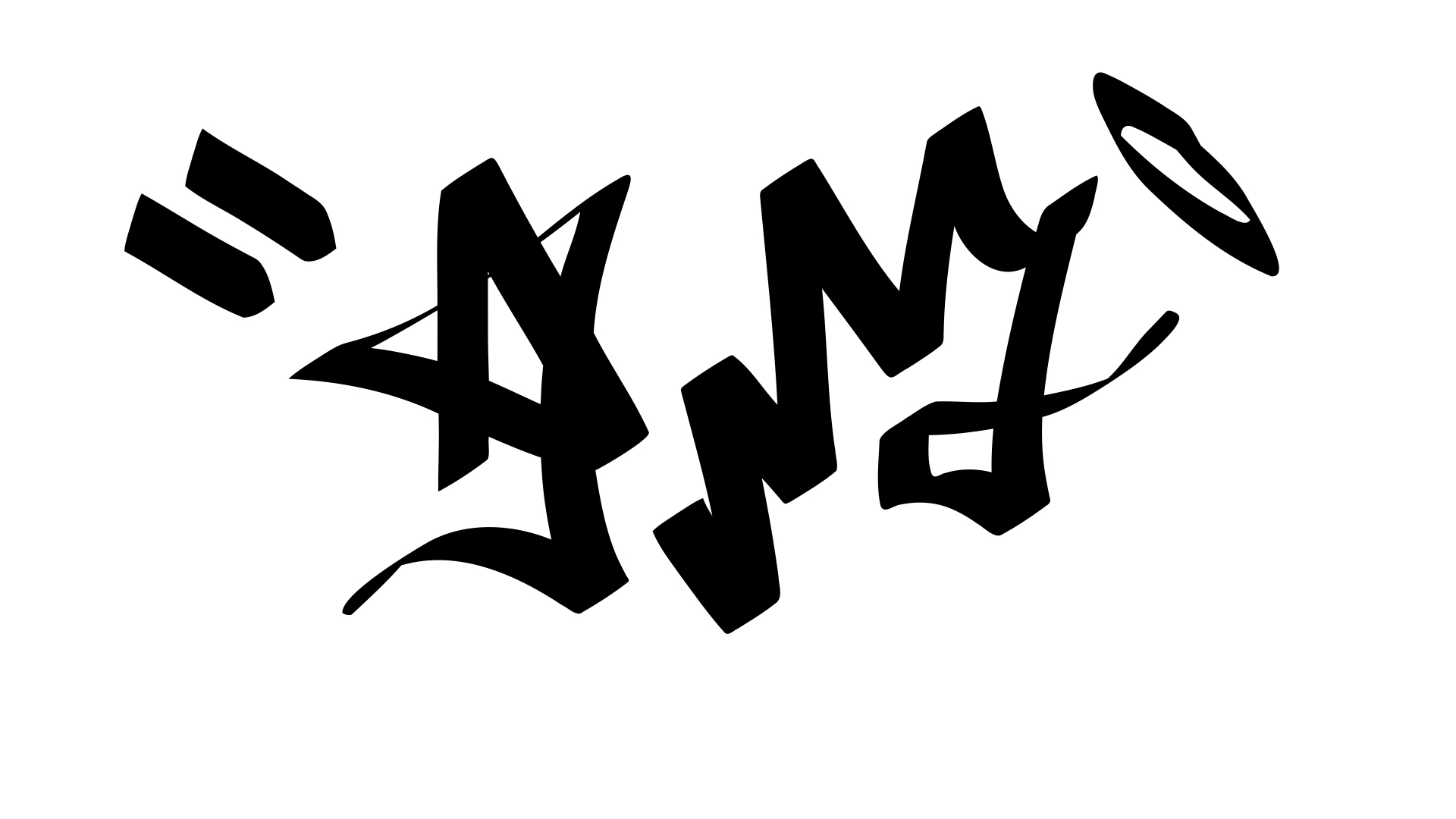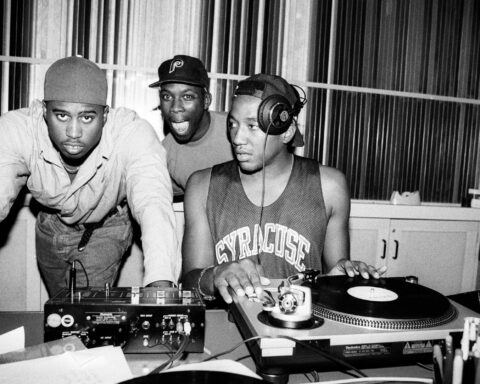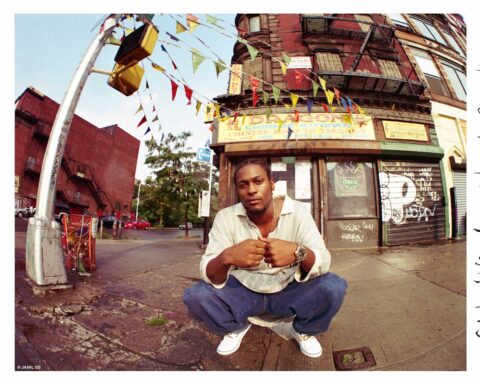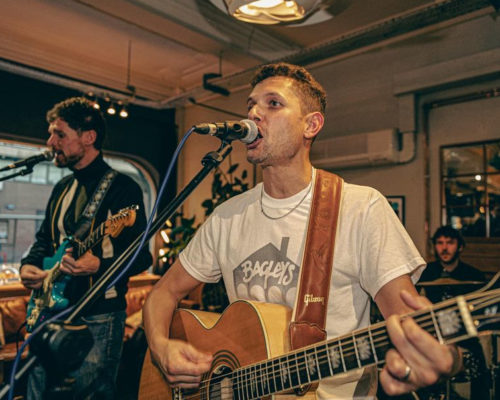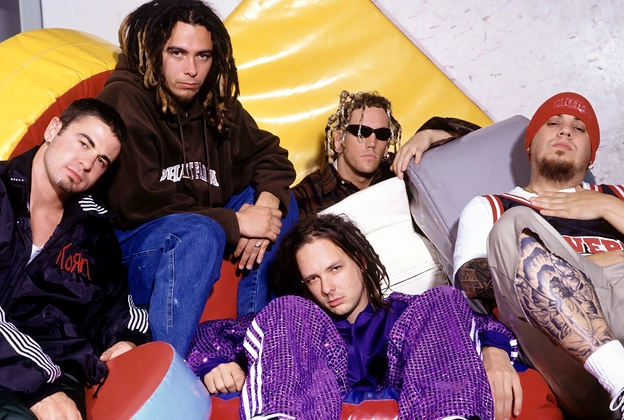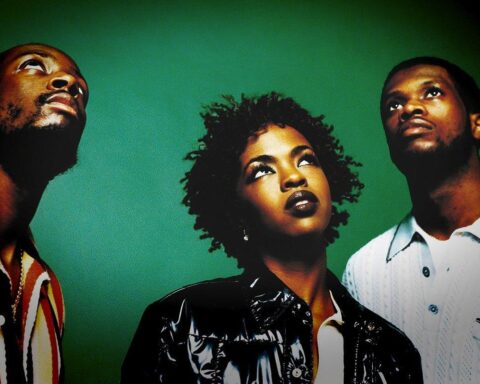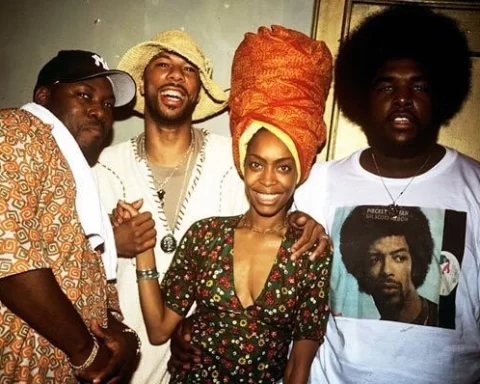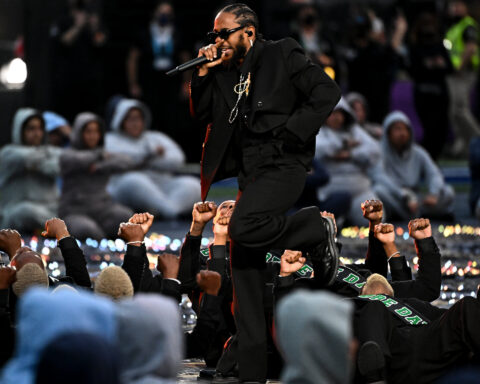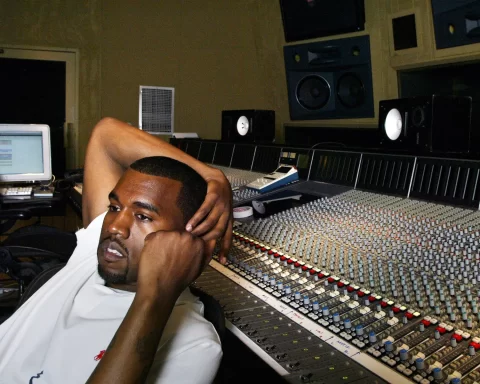The National Civil Rights Museum debuted the contentious Kin Killin’ Kin exhibition in March 2019. Images by artist James Pate contrast the history of Ku Klux Klan terrorism with Black-on-Black violence.
The images depict young African Americans killing one another while decked out in Klan robes. The series contains visual allusions to moments in the Hip Hop culture and the Civil Rights Movement. Hip Hop music has emerged as one of the top media for telling stories, with statistics showing an increase in the number of young black men dying from homicide. Hip Hop artists have told tales of urban violence from a variety of angles ever since the 1980s.
2pac, an African American rapper, was familiar with the horrific stories. Before his highly publicized conflict with the Notorious BIG, 2pac released “Souljah’s Story,” his debut single, which addressed Black violence. Due to the fact that poor Black people who depended on this assistance would increasingly turn to crime without it, 2pac emphasized that cutting welfare would result in more social ills.
Rapper Nas from Queens, New York, dropped the iconic song “I Gave You Power” in 1996. In it, he spoke from the animated viewpoint of a gun. “He squeezed harder, I did not budge, sick of the blood, sick of the thugs, sick of wrath of the next man’s grudge” Nas sings in the song. Nas acts as the voice of the gun, refraining from using violence to show the weapon’s (his) resilience. As Nas puts it, “My creation was for blacks to kill blacks” the gun’s paradoxical existence. By refusing to let the gun (himself) to be used for that reason, Nas makes a statement.
As heard in Public Enemy’s 1989 song “Fight the Power,” hip-hop music also takes a position on politics. Chuck D, a member, says that “Freedom of speech is freedom of death,” equating his claim to Frederick Douglass’ dictum that “If there is no struggle, there is no progress.” Both argued that you must continue in order to succeed and that nothing will be given to you. After the Civil Rights Movement of the 1960s and 1970s, African Americans still did not enjoy equality on a global scale. More covert forms of systematic oppression against Blacks existed.
With “Fight the Power,” Public Enemy aimed to make people aware of the persistently tense situation in modern America and to show them how marginalized or oppressed people experience racial intolerance, violence, and police brutality. African Americans were forced to reside in violent, low-income neighborhoods because of their poverty.
In her provocative “U.N.I.T.Y,” renowned actress and artist Queen Latifah also brought attention to violence and assault against women. Latifah used the suffering of women and communities as an example of how males who were fed up with their social conditions and daily injustices turned to violence.
A few positive and motivational memorials to put an end to black brutality have also been made. KRS-One composed “Self Destruction,” a hip-hop song with a “We Are the World” vibe. The hip-hop elite, including MC Lyte, Public Enemy, Doug E. Fresh, and Heavy D, were featured on this song. Instead of raising the number of black men killed by other black men, it urged communities across the country to band together.
In the inspiring song “Erase Racism,” Kool G. Rap also collaborated with well-known musicians as he envisioned a day when everyone would be colorblind. The quote from Kool G. Rap that goes, “the ink is black, the page is white, together we can learn to read and write,” also promotes education and community.
For those who were daily impacted by youth violence, 2pac’s posthumous song “Changes” offered a sense of hope at the end of his career. 2pac blamed his African American community for the hate and resentment it harbored. He said, “I got love for my brother, but we can never go anywhere unless we share. We gotta start making changes; learn to see me as a brother instead of two distant strangers.”
According to 2Pac, his people were to blame for the violence due to their intergroup animosity, jealousy, and envy. African Americans were pushed by him to speak up.
Violence and stereotypes have always been connected to the Hip Hop culture. Hip-hop music and the National Civil Rights Museum’s Kin Killin’ Kin exhibit both offer descriptions of the daily struggles that millions of people, regrettably, must suffer. One can concur that racism and violence are connected and need to be addressed after looking at the artwork and listening to the lyrics. The biggest obstacle is probably figuring out the causes of racial conflict and making progress toward racial harmony.

